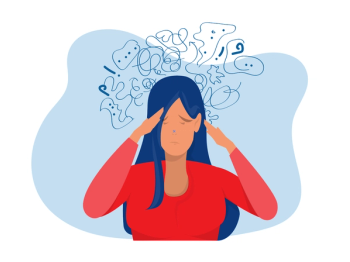
- Psychiatric Times Vol 24 No 12
- Volume 24
- Issue 12
Protecting Your Children From Bad Medicine: How the ADHD Diagnosis Has Been Abused
Book review
by Manuel Mota-Castillo, Donna Heath, and Andrew Pittington
Self-published, 2007
331 pages • $24.95 (softcover)
"All truth passes through three stages. First, it is ridiculed. Second, it is violently opposed. Third, it is accepted as being self-evident."
So said Arthur Schopenhauer, a 19th century philosopher. Mota- Castillo and coauthors, likewise, believe that the multiple dangers of the attention-deficit/hyperactivity disorder (ADHD) diagnosis will come to be widely recognized, even if such concerns are currently opposed and sometimes ridiculed. These dangers include misconception, misdiagnosis, and mistreatment.
Labeled a "report from the trenches," the book might also be considered a report from Don Quixote, whom the lead author considers a kindred spirit. They both have a determination to "fight for the right without question or pause." This creates a book that the author admits is "not a scientific journey but a journalistic-like effort to present simple facts to educate the public."
The central concern of this book is what is termed the "evil triad": ADHD, oppositional defiant disorder, and conduct disorder. The authors believe that these labels often conceal an underlying mood disorder-principally, bipolar disorder. Alternatively, it may be posttraumatic stress disorder, obsessive-compulsive disorder, a psychotic disorder, or the child may be living in neglect.
Mota-Castillo and coauthors fear that the triad of labels is too easily applied to children, without a diligent search being conducted for other potential causes of similar signs and symptoms. Once applied, these diagnoses may preclude subsequent reexamination and reassessment because they are so widely accepted.
Indeed, the labels themselves have become so synonymous with a set of symptoms that simply invoking the diagnostic label can seem tantamount to making a diagnosis-much like use of the term "depression." The authors suggest that these labels are more like a "fever of unknown origin" in infectious disease; they describe symptoms that require a systematic process of differential diagnosis.
The authors themselves would probably grant that the book's organization is loose. Instead of a linear progression of ideas, there are multiple case illustrations of bad outcomes associated with the diagnosis and treatment of ADHD-usually cases of bipolar disorder that worsen in patients receiving stimulant medications.
Several chapters revolve around numerous letters the lead author wrote to authority figures to make his case on the evil triad. These illustrate the depth of his commitment but left me wondering where the book was going. Most of the crucial assertions are not referenced.
While criticizing the overdiagnosis of ADHD, the lead author notes that the same point could be made about his diagnosing of mood disorders, "but I don't worry about that opinion because my patients' outcomes prove me right." This relatively uncritical self-assessment is widespread in the book. Between this attitude, the lack of references, and the lack of organization, the net result is a book that I would not recommend to my patients-even though I agree with many of the authors' concerns. To counter criticisms that psychiatry is an impressionistic, unscientific endeavor, we should offer books to families that demonstrate otherwise.
Articles in this issue
about 18 years ago
Perceptions of Threat and the Video Game From Hellover 18 years ago
New Approach Promising for Cocaine Addictionover 18 years ago
Point Guardover 18 years ago
Black Boxes, Xboxes, and Other Current Concernsover 18 years ago
Antidepressant MedGuide Arouses Controversyover 18 years ago
Shooting for What I Want, Part 2over 18 years ago
Moments of Revelationover 18 years ago
CB1 Gene Variants Linked to Marijuana Dependence in Adolescentsover 18 years ago
Biopsychosocial Model: Another Reader Weighs Inover 18 years ago
"Postabortion Depression": Clarification from the APANewsletter
Receive trusted psychiatric news, expert analysis, and clinical insights — subscribe today to support your practice and your patients.

















